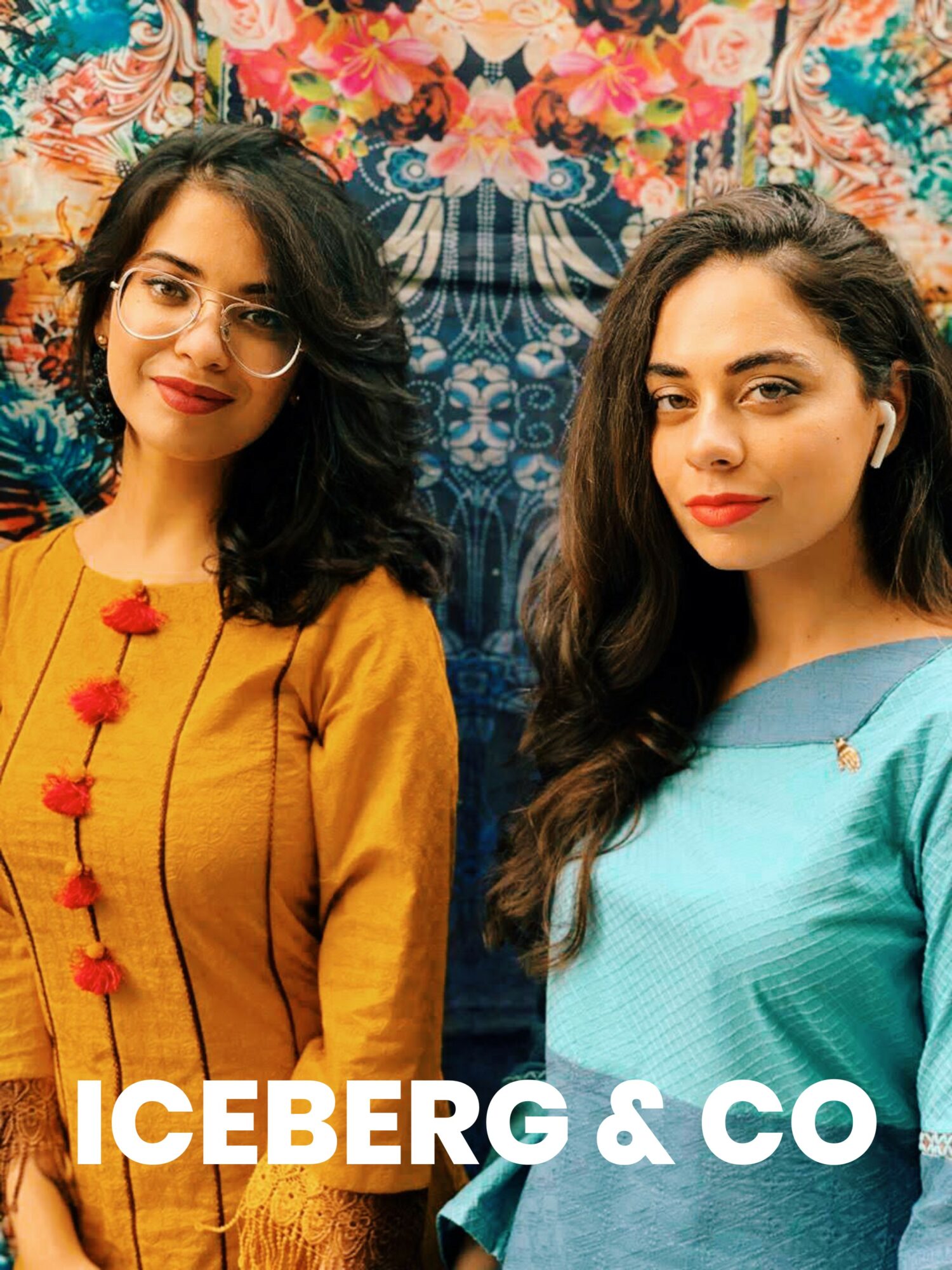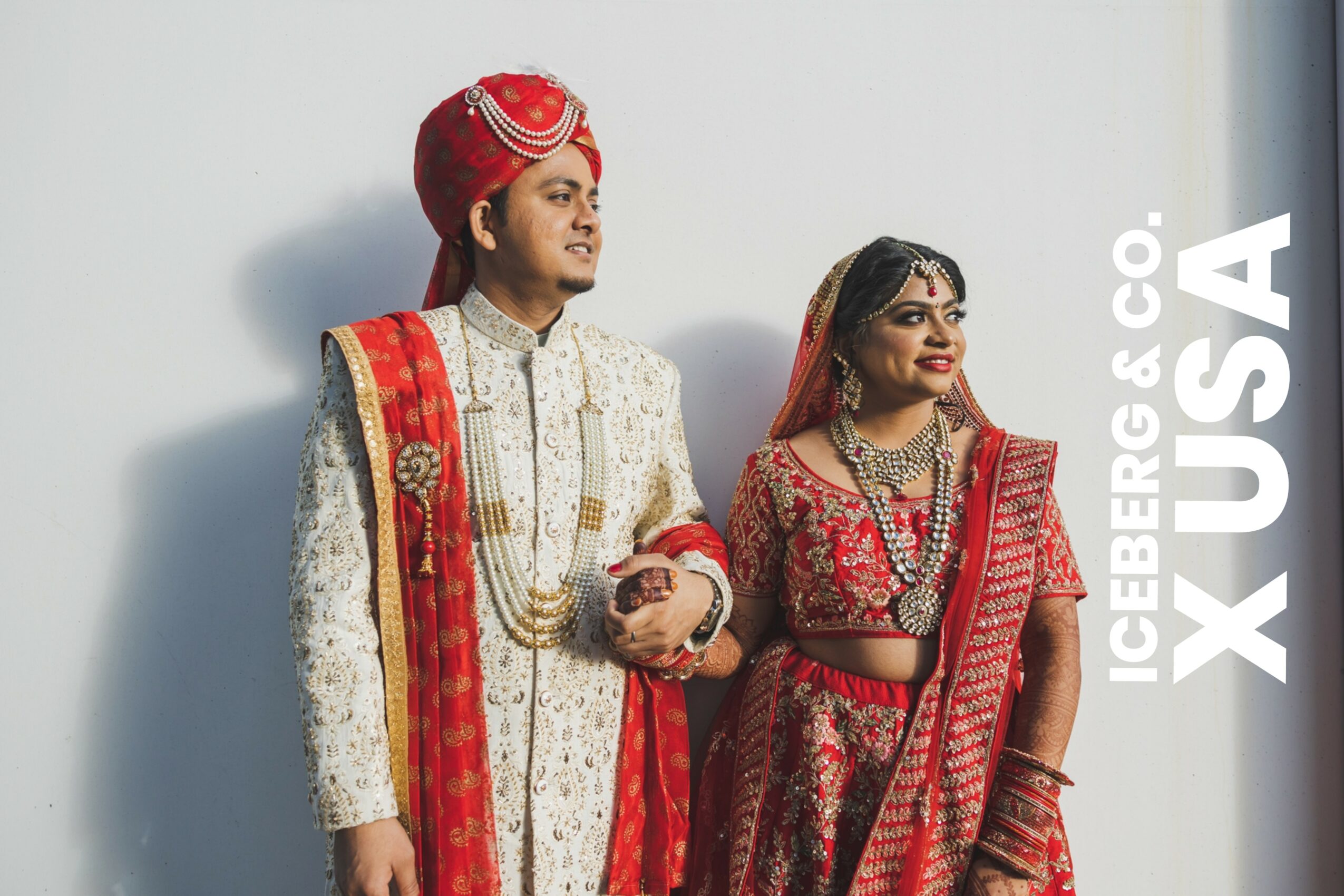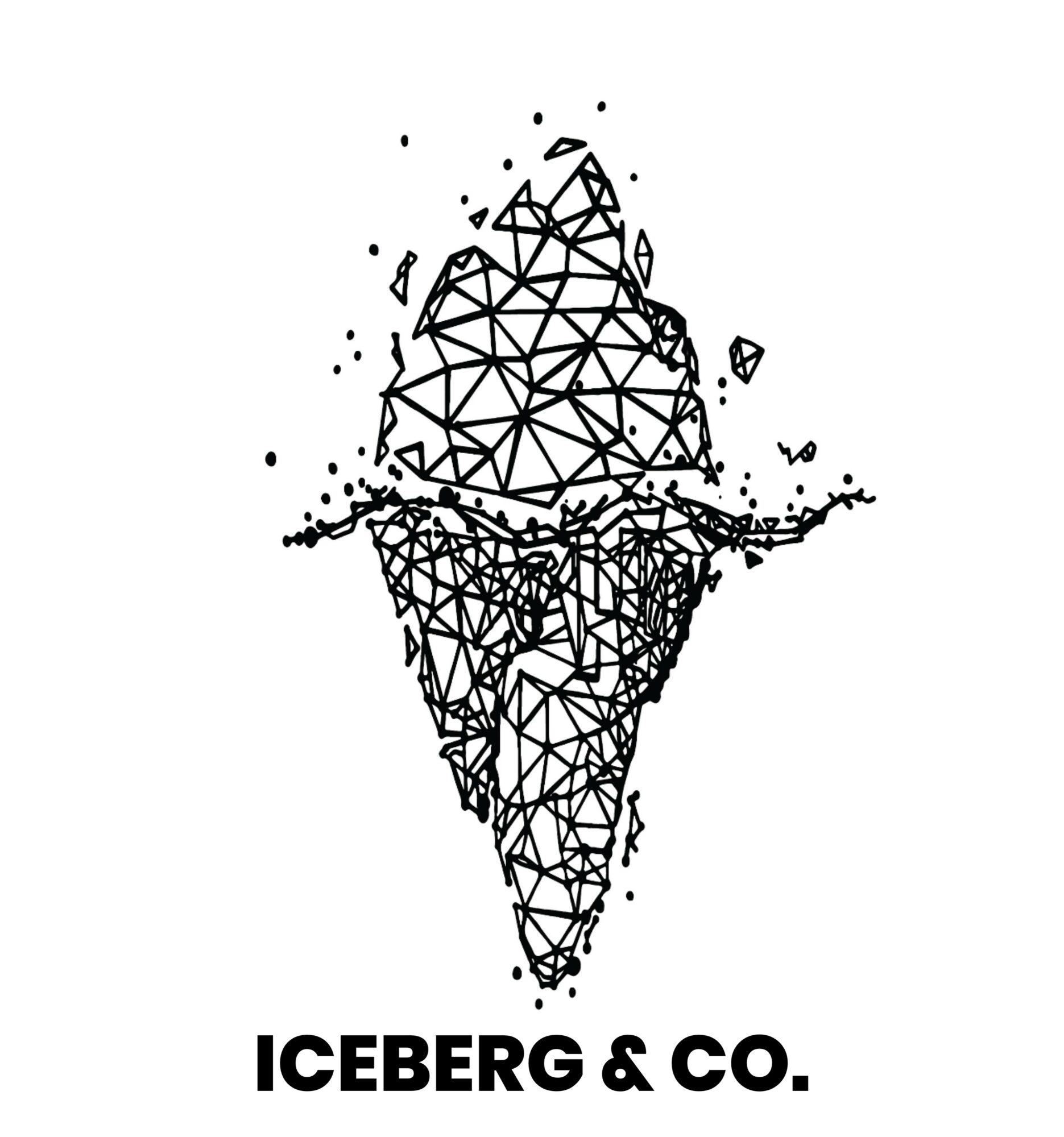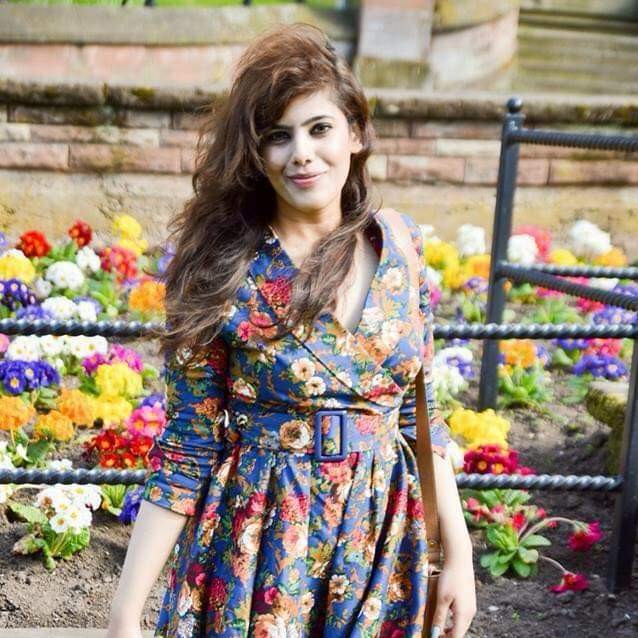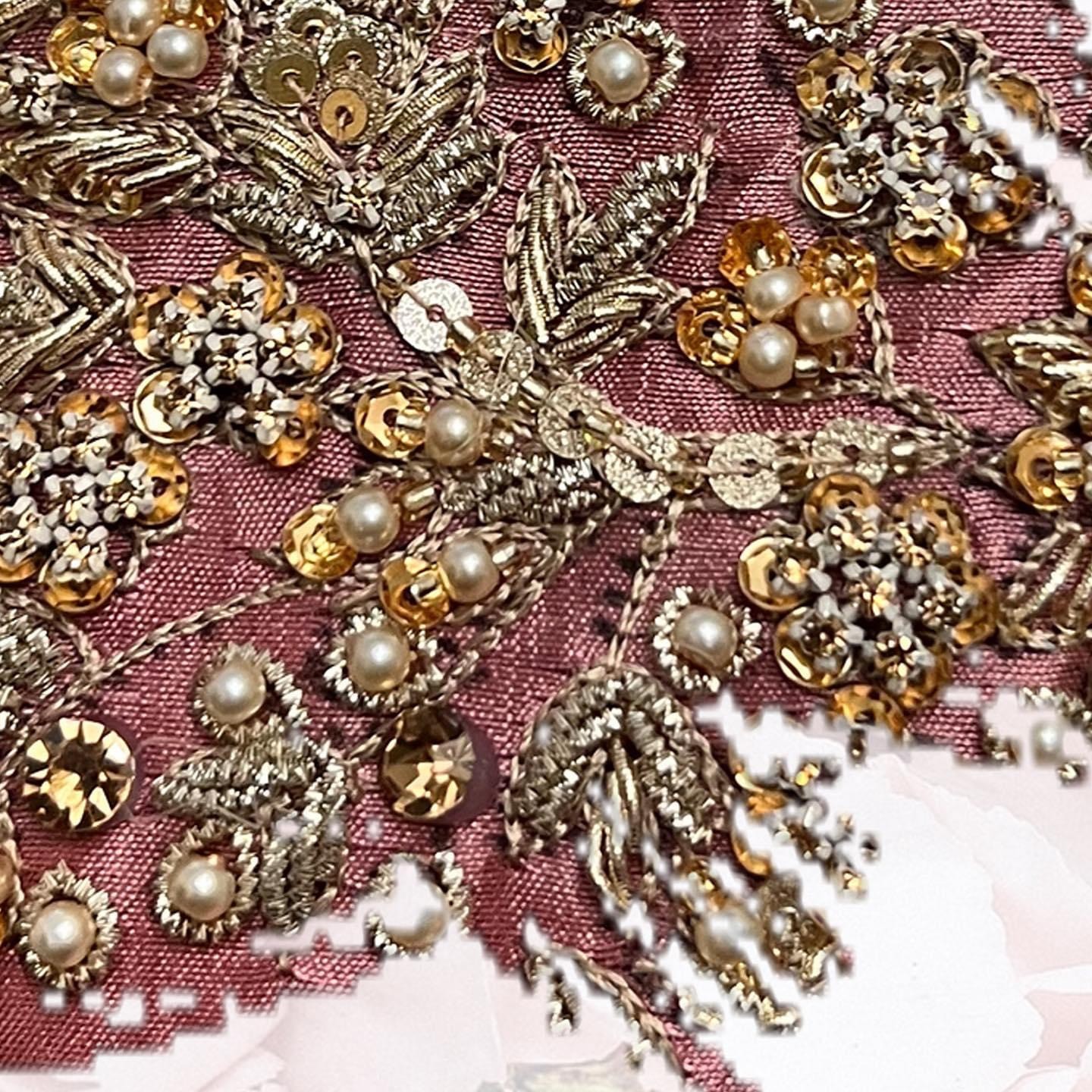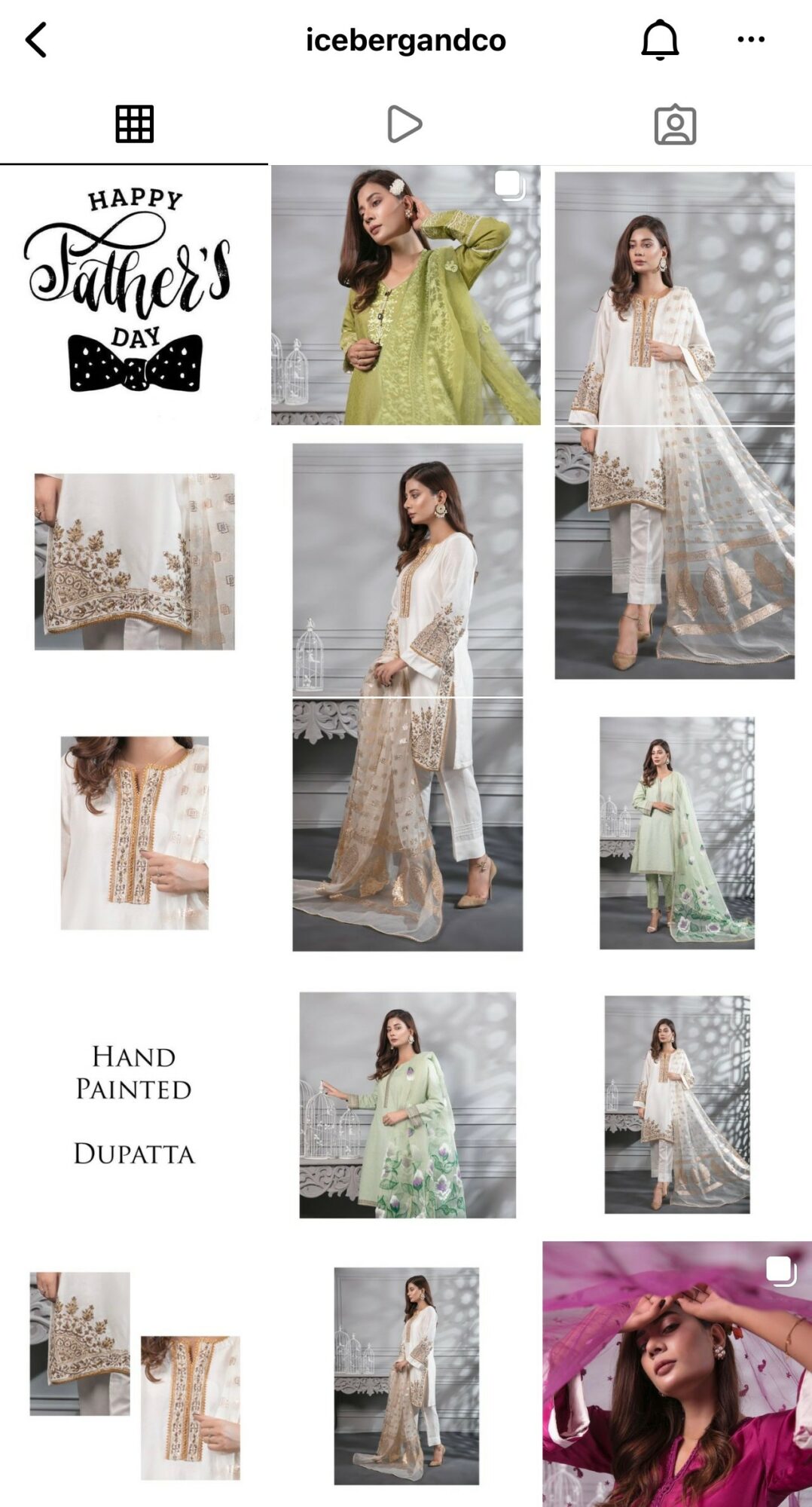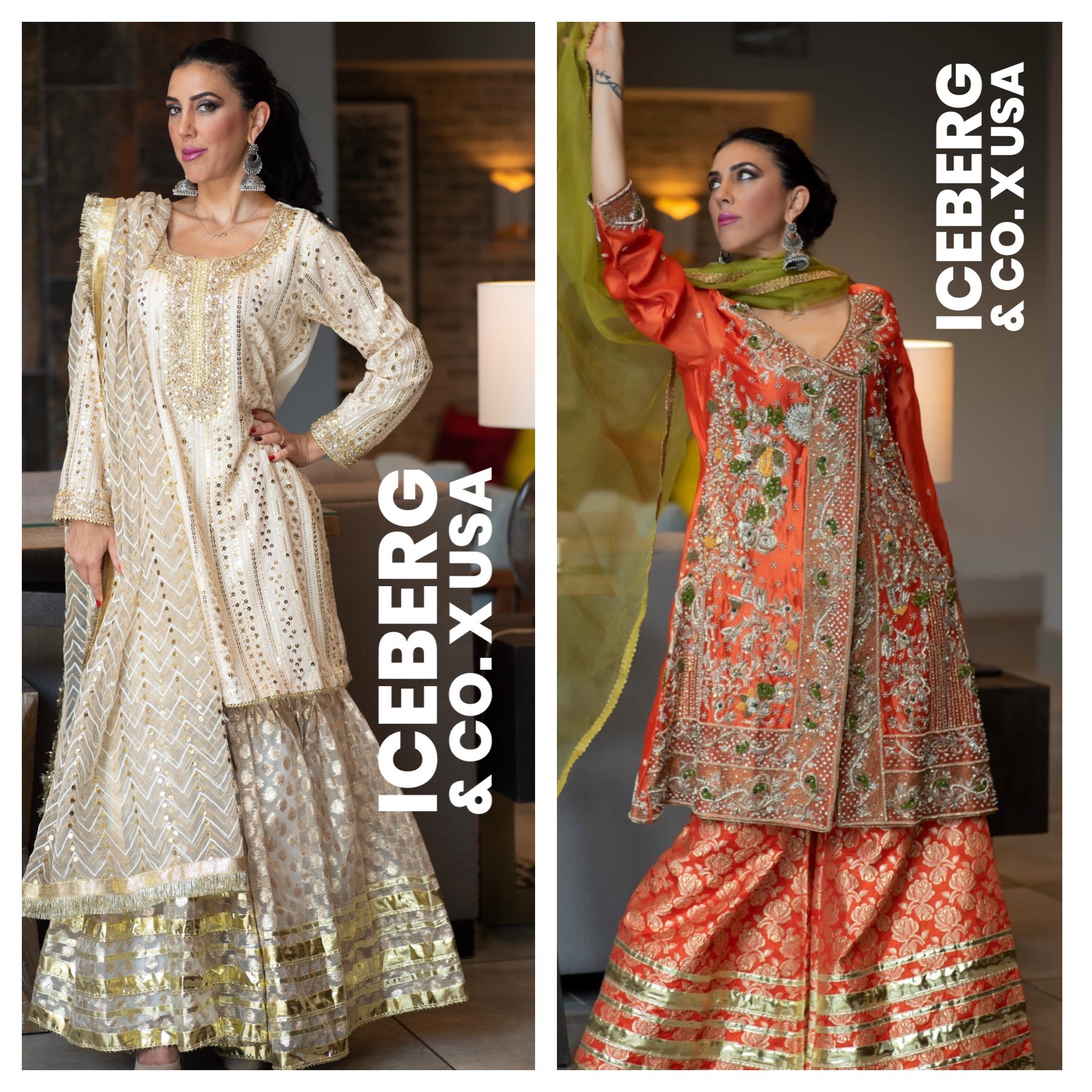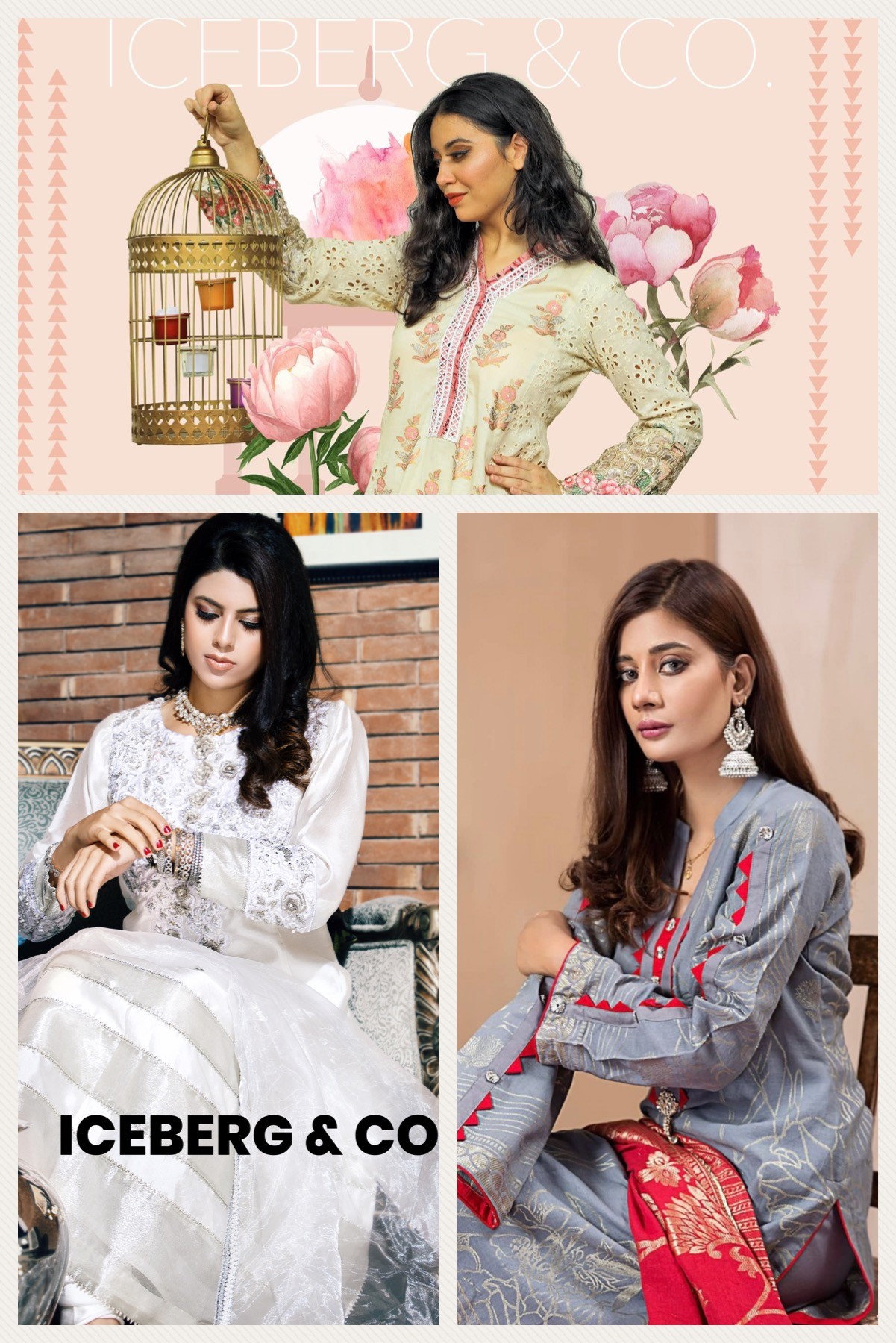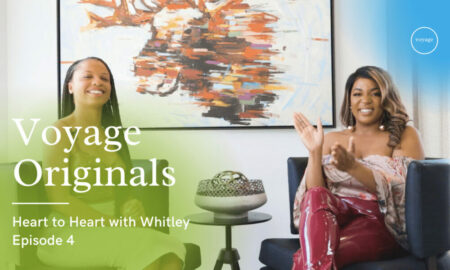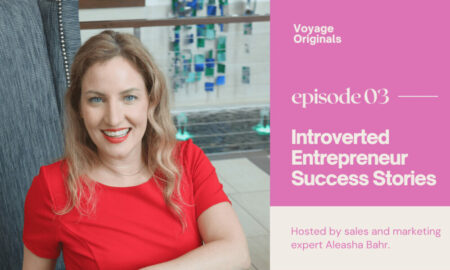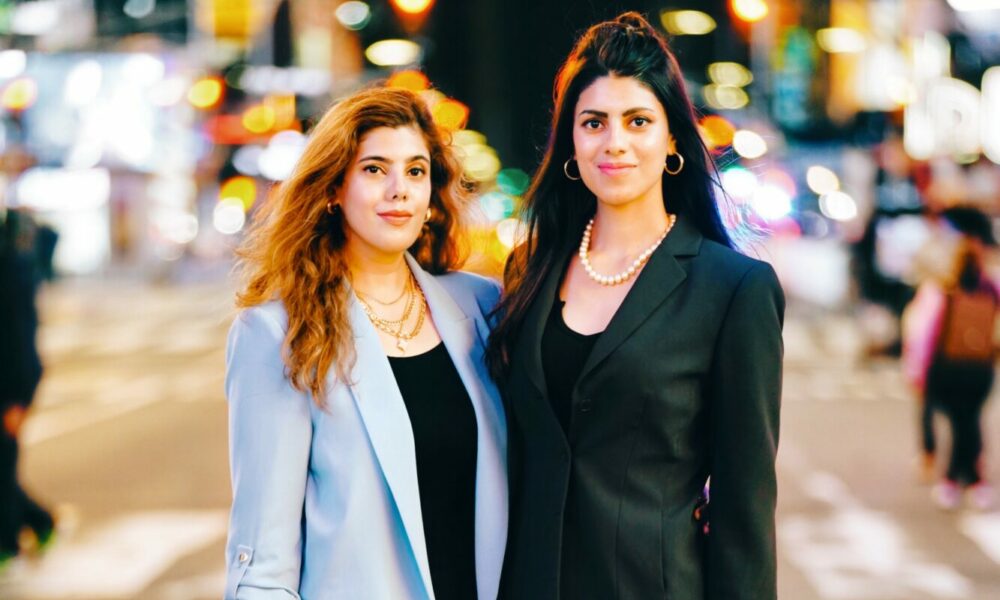

Today We’d like to introduce you to Rida and Fatima Khalid.
Alright, so thank you so much for sharing your story and insight with our readers. To kick things off, can you tell us a bit about how you got started?
Since I was a kid, my sister and I would play dress-up where I would pretend to be her model, and she would be my makeup artist. I grew up as the sporty tomboy kid (I still am tbh) who would spend hours playing cricket practicing bowling against the wall, taking swimming classes, and going to lawn tennis lessons with my dad.
People in the subcontinent (particularly Pakistan and India) are known for holding big fat weddings. I joke that the money people in America spend on their college education is what people in South Asia spend to display extravagance at their wedding receptions. This goes on top of months of planning to pick wedding locations, shop for clothes, prepare guest lists, and whatnot. My sister and I were on opposite ends of the spectrum; I had zero taste in fashion or what to wear, while my sister had great taste and style. So, whenever there was any wedding event, she would eagerly volunteer to pick my outfits, do my make-up, and even put henna on my hands.
Fast forward a few years, I decided to move to the United States in 2016 when I got recruited to play Division I college tennis for Alabama A&M University. After successfully graduating with a Summa Cum Laude in Logistics & SCM in 2020 (what a lucky year to graduate), I found the opportunity to move to the peach state of the south- Atlanta- to work as a Freight Forwarder with a multi-modal supply chain company before starting my MBA in 2021. Meanwhile, my sister had completed her master’s degree from Warwick University in the UK, worked in the corporate sector for over four years as a Business Development Manager, and decided to step into the education sector as a lecturer in one of the highly acclaimed universities of Pakistan.
We all face challenges, but looking back would you describe it as a relatively smooth road?
When you embark on a journey of solopreneurship, you must take a leap of faith into the uncertainty and ambiguity that comes along the way. With ever-changing fashion trends in today’s fast-fashion world, you cannot just design clothes out of thin air and expect them to sell themselves. We didn’t want to spread ourselves too thin initially and lose focus by developing too many product lines for multiple clientele that may or may not have a market need. Therefore, we had to narrow down our focus to South-Asian women and started developing clothing designs around that niche.
Sourcing is another aspect of this fashion industry. My sister goes through an extensive process back home to source her materials such as fabrics, buttons, lace, zippers, etc. The clothing industry in Pakistan is highly competitive in terms of pricing, so controlling the source helps us manage the price (to maintain some economies of scale) and the quality of the fabric that goes into stitching to be competitive. This does come with the extra effort of doing extensive research beforehand; however, the benefits outweigh your effort and time.
It is also imperative to have reliable manufacturers who can deliver products on time. Each piece of clothing we design is hand-made and stitched and must go through several stages, including planning, procuring, dyeing, and embellishing (through multiple techniques such as embroidery, block-printing, screen printing, hand printing, etc.), quality control, photographing articles and packaging. It is essential to allot a specific timeline with every unit as a delay by any team unit means a delay in the overall production of the final shipment.
Thanks for sharing that. So, maybe next you can tell us a bit more about your business?
Her passion for designing clothes continued to grow. If there were any special event or occasion surrounding close family, friends, and relatives, she would low-key play the role of a couturier by taking it upon her to style them and their outfits. These traditional clothes are manufactured by providing fabrics to dressmakers who sew and alter garments for you according to your fittings and design needs. This was the general procedure for stitching until my sister noticed that the women who visited our home for housekeeping were previously employed as seamstresses in their village and were skilled in handwork and adding embellishments. Hence, she asked them if they would like to be involved in the design process for her clothes, and they were eager to oblige. With their specialized craftsmanship, the pieces started coming out with a touch of refined delicacy. These women who came from underprivileged backgrounds now had an additional source of income to run their households and take care of their family needs.
She also noticed an interchangeable situation at her University where she was able to come across a pool of students who would showcase their skills during class presentations in various crafts such as photography, videography, graphic designing, website development, etc.- all of which are very functional skills related to the fashion and clothing industry. She wanted to remunerate these students for their expertise so that they could have a platform to display and develop their skills in their respective fields and it would be one way for them to support their college expenses. This is the point where she realized that she could scale up her passion into a profound purpose by creating employment opportunities for these underprivileged women and college students and building a business around that proposition.
As the festival of Eid (a religious holiday celebrated by Muslims worldwide) was just around the corner, she took the initiative to gather all her savings and invest them into making samples pieces of traditional dresses (including casual wear, semi-formal and haute couture ).
Instead of taking the traditional route to sell to local clothing vendors in Pakistan (a clothing market that is highly saturated with traditional clothes), she started contacting various South-Asian clothing sellers across the UK market. As the retail stores have high demands for formal wear (for such festivities) at this time of the year, they eagerly look for suppliers who can produce several hundred pieces per order in a few weeks. She was able to leverage this opportunity by securing orders with multiple retail stores in Birmingham and London, UK. Her first shipment was sold out within two days, and the customers were delighted with the quality, fabric, and price of the product.
Upon hearing about her first successful venture in the UK, I apprised her to explore the US market. I had lived in inner-city Atlanta for a little over a year, and coming from an experience as a personal shopper, I ascertained some apparent gaps existing in the South-Asian market for Women’s clothes in terms of pricing of the products (due to high shipping costs involved with production outside the U.S) and availability of contemporary designs. There was also a trend of a general fondness for intricate handwork and a premium feel for Pakistani fabrics (that were not readily available).
From my previous work experience as a Freight Forwarder with a supply chain company, I knew I could tackle the logistical problem of reducing international shipping costs by negotiating with regional carriers (who offered significantly lower prices than traditional carriers). These carriers would also enable us to optimize the shipments’ speed, fees, and reliability by using commercial routes with frequent departures to the US. I could also handle the special documentation needed to make customs clearance easy. In contrast to her first shipment to the UK, I advised her that we could make minor tweaks such as opting for prepaid shipping, using third parties to purchase insurance, and shaving dimensions off the packages, etc. These factors would add a significant competitive advantage toward the final shipping costs.
I began to forward her contacts of potential clientele for South-Asian clothes across various regions in Georgia. We knew our business was based on selling hedonic products, so it became essential that we increase our products’ vividness and aesthetic appeal in the eye of women consumers. The first step we took to test response to our exclusive Pakistani designs in the US market began with developing digital and physical catalogs with artistically planned product photography and high-quality printing showcasing Icebergadco’s clothes. These catalogs were mailed to our potential clientele to build brand awareness around the locality. Our campaign received a positive appraisal from retail store owners across Georgia. We immediately secured multiple orders in the Georgia market for upcoming festivities such as Diwali, Eid, wedding receptions, seasonal collections, etc.
Even though all our marketing and social media promotion was outsourced to a branding & concept company in Pakistan, we took the initiative to create an “ICEBERG AND CO. X USA” modeling campaign. I was able to summon the help of some of my Turkish friends (aren’t they the most beautiful humans on this planet!) in Atlanta and model for Iceberg’s Haute couture outfits. I also asked my Spanish and US-based friends if they would like to shoot a wedding-style campaign with our brand, and they were delighted to experiment with our Wedding Collection for the Fall season.
We continued to launch various product lines for women’s clothes like traditional, formal, and fusion wear, semi-formals, wedding dresses, and haute couture outfits. We also promoted these campaigns across social media platforms like Instagram.
One of my Indian friends was intrigued and awe of Iceberg & Co.’s collection. Upon special request, he gave us the honor to design a “Sherwani” for his Baraat reception (one of the main events for South-Asian weddings) in December last year. Upon fulfilling his request, we designed a Sherwani for the groom, a long jacket made with premium silk embroidered fabric and fused with hand embellishment to create a royal look. Upon the commencement of his wedding, the groom sent us a personal thank you email to our team and expressed an extreme ecstatic on receiving his custom-made Sherwani. This endeavor came with a powerful sense of contentment and gratification. Amidst the ever-rising social-political tension between Pakistan and India, you realize that fashion has no boundaries. No matter what abhorrence these so-called political leaders have created, regular people (like us) from both sides of the country have managed to exist side-by-side. No matter your ethnicity and personal beliefs, art and fashion have been a great medium to bridge the gap between these two neighboring countries.
What has been the most important lesson you’ve learned along your journey?
The South Asian clothing industry is ever-growing, with a market cap worth billions of dollars. With trends changing so rapidly, women are more interested in keeping up with the latest trends, and a customer does not like repeating the same dress twice. Therefore, the biggest challenge is to create a trendy piece at the right price and time.
One of the biggest lessons you can learn as an entrepreneur is to empower your employees by delegating work to them. Initially, because we were a small startup, our work structure involved us wearing different hats and handling everything on our own, from procuring the fabrics to creating shipping labels. As we began to see increasing production demands, we almost got to a point where we hit a self-imposed ceiling due to high work demands. It almost became inevitable that we hire more employees to get ourselves out of the production part and focus more on the management part of the business. It was not until a year and a half later that Iceberg & Co. grew from a mere five employees to almost 30 employees by adding more dressmakers, graphic designers, fashion designers, accountants, social media handlers, etc.
At Iceberg & Co., we base our philosophy on treating employees as stakeholders in the company, from seamstresses who sew our fabrics to the person responsible for packaging our clothes. As the saying goes, “if you take care of your employees, they will take care of your customers, and the business will take care of itself.”. We do not believe in micromanaging but in balancing between giving people the space to apply their creativity within given parameters and getting the job done.
The quality of the product matters a lot. Good quality rides over everything. You always have to balance good design with suitable materials that fit the purpose of the dress. The quality of the product can go on to show whether a designer truly cares for the product they’re making or not. At Iceberg & Co., we believe in creating things that last longer because when you make something that lasts, it shows the amount of skill, labor, and hard work behind the scenes.
As an entrepreneur, you will not have it all figured out, so learning as you go along the way is essential. Fashion designers need to be like a sponge to absorb information, and creativity becomes critical to innovate your products in this profession. The unexpected can always occur and you get to see good and bad days simultaneously but we’ve learned that if you keep a level head and go into the business with a problem-solving mindset, you will be able to mitigate past these obstacles and turn these challenges into potential opportunities for growing your business.
Family support can provide a key lifeline to you as an entrepreneur. Our dad and my mom have been our greatest pillars in life and have always provided us with a strong support system not just at home but also in pursuing our dreams. My dad is an extremely principled man and has always taught us in pursuing excellence in whatever we wanted to achieve. He always told us that “means is more important than the end” and we want to use the same ideology at Iceberg & Co to envision our ideas coming to their fruition.
Contact Info:
- Instagram: https://instagram.com/icebergandco?igshid=YmMyMTA2M2Y=
- Facebook: https://www.facebook.com/icebergandco/
